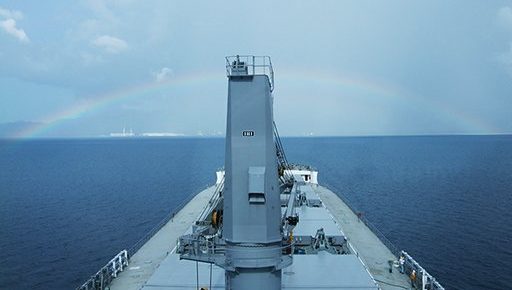Danes press ahead with development of a two-stroke, ammonia-fuelled engine

Innovation Fund Denmark, the Danish investment entity, has announced the establishment of a consortium to develop a two-stroke, ammonia-fuelled engine for shipping. It aims to specify and demonstrate an entire, marine-propulsion system that will pave the way for the first commercial order for an ammonia-fuelled vessel.
MAN Energy Solutions will lead the consortium that also includes Eltronic FuelTech, the Danish fuel-system supplier, the Technical University of Denmark (DTU) and class society DNV GL. Development of the engine is scheduled for 2024.
Brian Østergaard Sørensen, vice president at MAN Energy Solutions, commented: “MAN Energy Solutions has spoken in favour of a maritime energy transition in shipping for many years now and we understand the need to work with a wide group of industry partners to develop sustainable solutions. Ammonia is a fuel with a lot of potential and yet another, important step towards decarbonising the marine market. We already have a convincing track-record in developing engines running on alternative fuels – having developed the world’s first two-stroke engines driven respectively by methanol, ethane and LPG – and have great expectations for this project.”

What’s the research in calorific value of ammonia it’s too low..The author and the publisher has committed this development but technologically this project is very very difficult. Would like to see the further developments